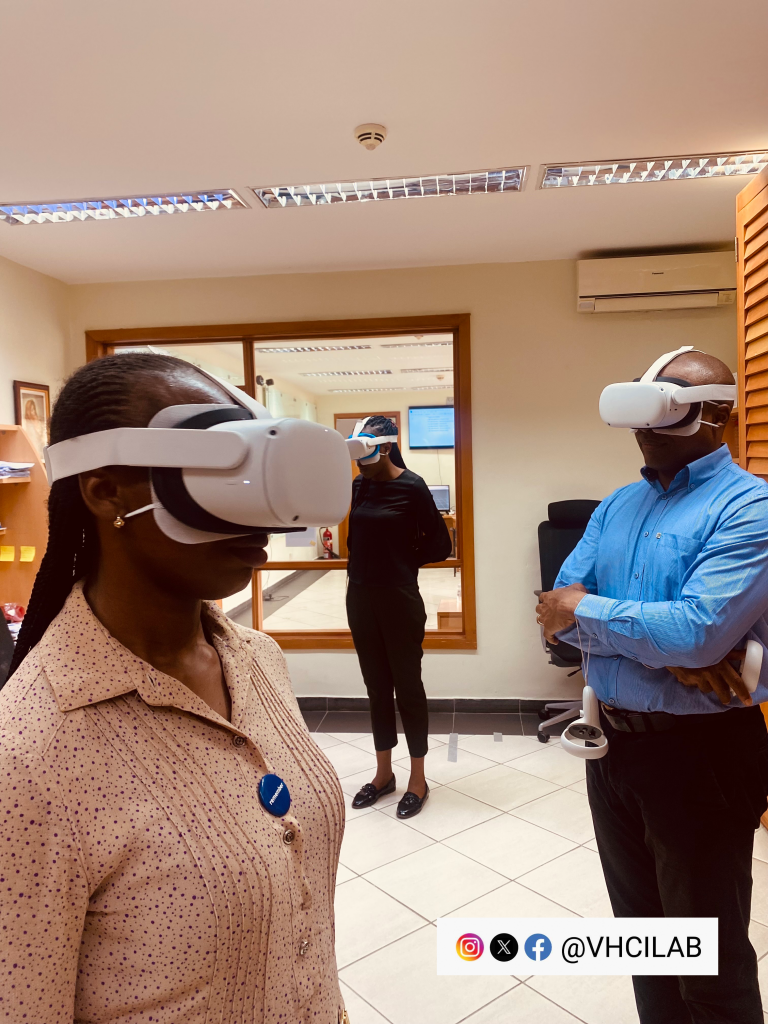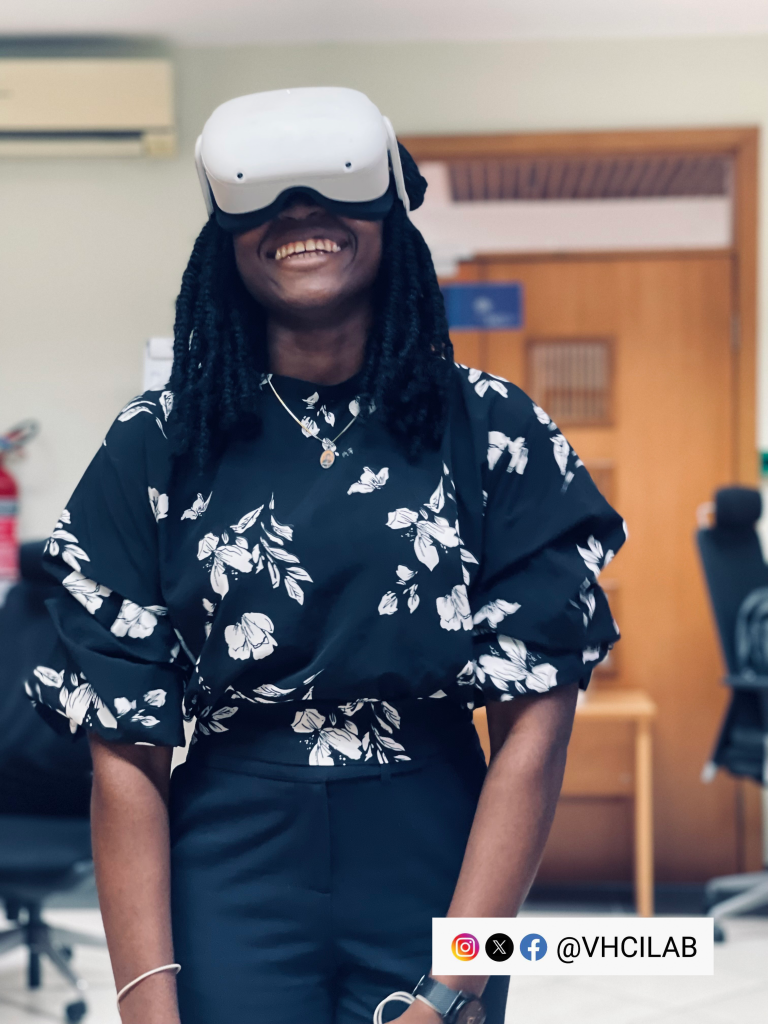What makes Virtual Reality different from other technology
What is Virtual Reality?
Virtual Reality (VR) is a computer-generated, 360-degree environment and scenario that can be experienced using a head mounted display (HMD)(Yoo, et. al, 2022). It is a fully immersive, computer-simulated environment that gives the user the feeling of being in an environment different from the one they are standing in.

Features of Virtual Reality
Immersion, Interactivity, perspective-taking are some of the features of virtual reality that makes it a powerful tool useful in design, marketing, education, training and retail fields (Burdea and Coiffet, 2017; Luong et al, 2020). Studies have also proven that virtual reality affords gamers and learners (Thompson, et al., 2021), a high feeling of presence leading to immersion. Immersion is the extent to which a VR system and application can deliver to humans a reality that is extensive, matching, surrounding, vivid, interactive and plot-informing (Slater and Wilbur, 1997). On the other hand, presence is a sense of “being there” inside a virtual environment. Presence induced by immersion can be considered an illusion of a non-existent reality (Oyekoya et. al, 2021). Dalgarno and Lee (2010) identified these characteristics of VR in relation to 3D virtual learning environment as ‘representational fidelity’ and ‘learners interaction and that this features facilitate tasks that lead to enhanced spatial knowledge representation, greater opportunities for experiential learning, increased motivation/engagement, improved contextualisation of learning and richer/more effective collaborative learning as compared to tasks made possible by 2D alternatives.

Virtual Reality use cases
Similarly, the ability of VR to induce perspective-taking is one of its most powerful features which has seen it deployed in enhancing cognition, as well as through a first-person experience, induce learning and behavior modification. VR enables the controlled, measured, and safe exposure of the user to experiences and scenarios in order to improve familiarity with new ones or modify their response to previously traumatic ones. As such, there are many use cases for VR. It has been used to study attitudes (Tassinari et.al, 2022), modify behaviors (Oyekoya et al, 2021), induce change (Taufik et al, 2021; Irvine et. al, 2020), and train individuals (Aïm et al, 2016; Xie et al, 2021). There is increasing research that supports the use of VR for educational purposes, in formal and informal educational settings (Hussein & Nätterdal, 2015).